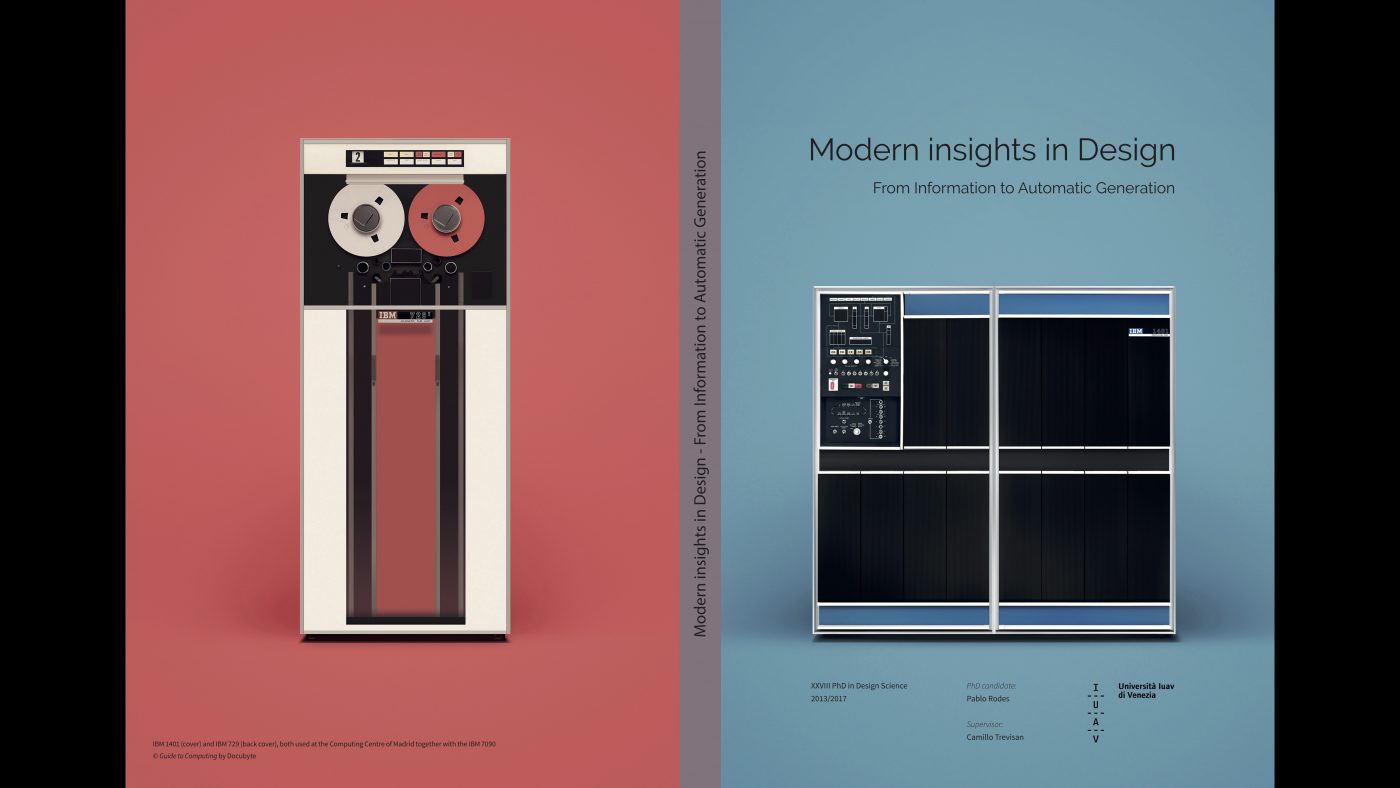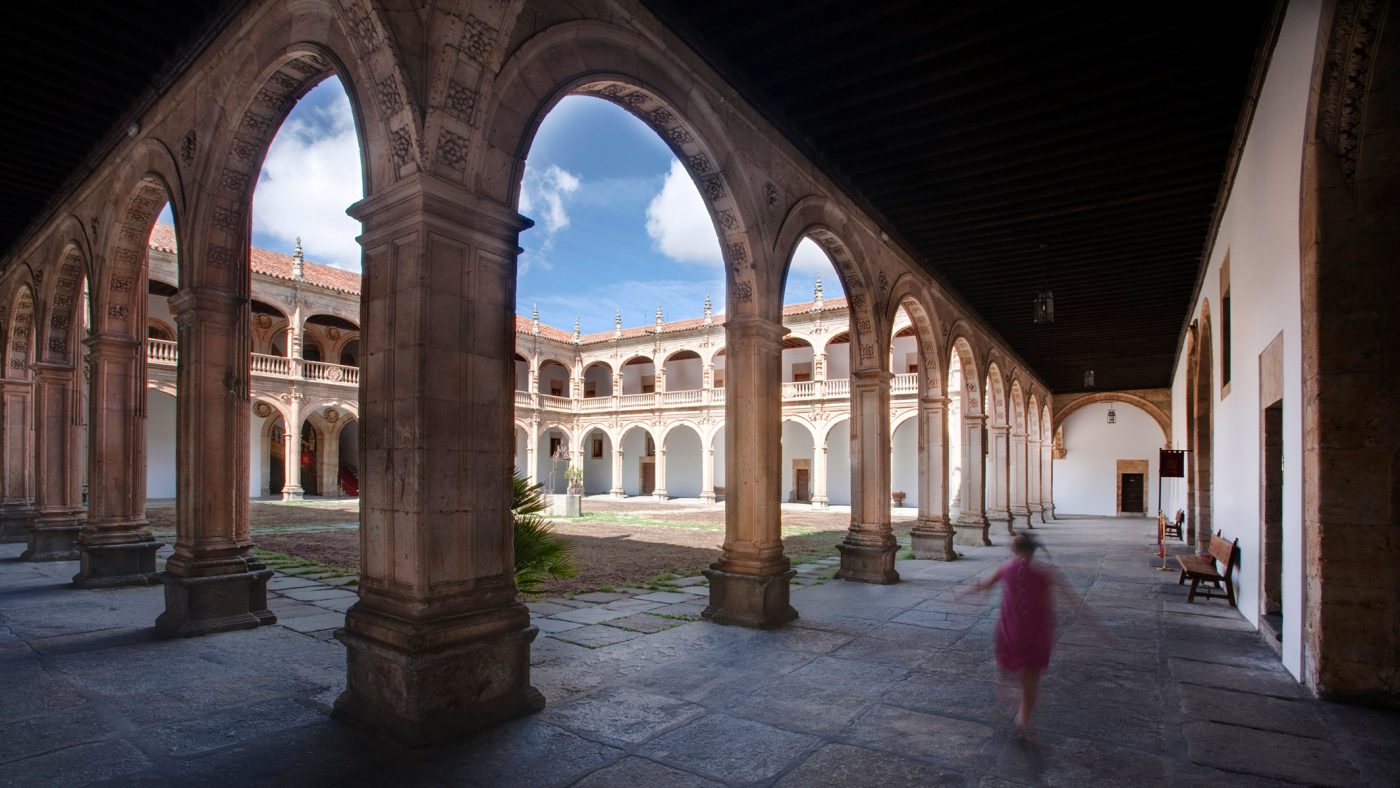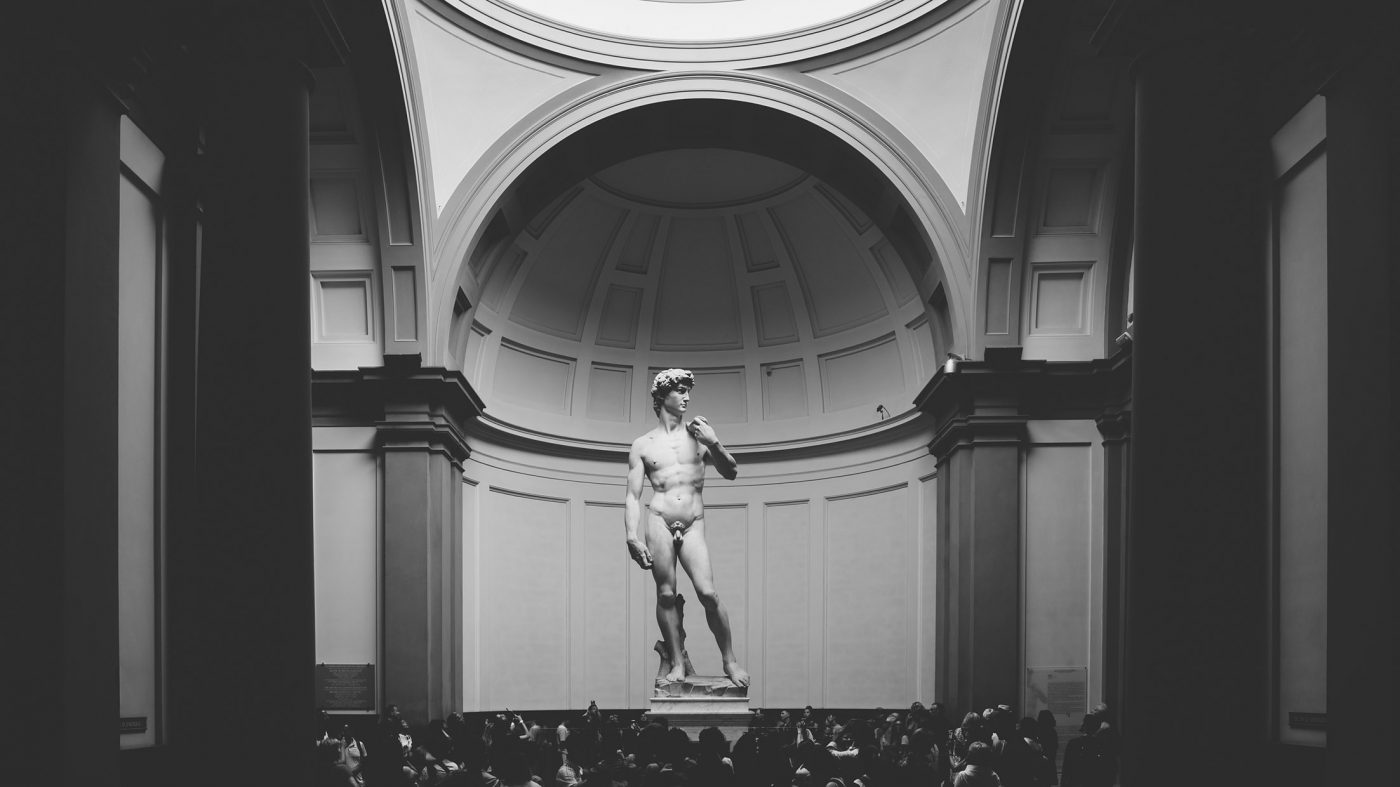
Modern insights in Design
The Ulm School of Design, or Hochschule für Gestaltung (HfG), was founded in 1953. Its goal was to offer a comprehensive education that integrated research and creation, inspired by the principles set by the Bauhaus 34 years earlier. However, the HfG soon diverged from its predecessor’s focus on craftsmanship, instead advocating for a pedagogical model that granted design disciplinary autonomy. This procedure strived to define untried competencies to meet the growing demands of industry. The school framed a practice around creating effective solutions using the scientific method. The curriculum introduced subjects such as Heuristics, Ergonomics, and Marketing, positioning design as a multidisciplinary field. Despite its groundbreaking work, the HfG ceased its activities prematurely in 1968.
Shortly after, the Computing Centre of the University of Madrid began its operations, supported by IBM’s multinational patronage. It pursued unique realms of knowledge and organized its outcome into interdisciplinary projects. One of its most notable seminars, Automatic Generation of Visual Forms, brought together mathematicians, architects, and artists to investigate the intersection of art and technology. Determined by cybernetics, the Computing Centre embraced ideas from former HfG professors and pioneers in computer graphics. A key achievement of this seminar, one of the first of its kind worldwide, was the development of instructions capable of identifying algorithms for developing automatic structures with aesthetic value—an approach known as generative aesthetics. This action led to a profound question shaping the epoch: Can a machine create art?
The study initiated in Madrid, deeply influenced by the Ulm School, gained momentum as computers became increasingly accessible. Advances in miniaturization, computational power, user-friendliness, connectivity, and compatibility with numerical control machines transformed personal computers into powerful extensions of human creativity. By 1991, architect Frank Gehry, drawn to the allure of organic forms, sought three-dimensional modeling software to design a sculpture for Barcelona’s Olympic Harbour. Using Catia, a program initially developed for the aeronautics industry, Gehry successfully translated his complex curved surfaces into detailed, precise construction plans. This ability to transform virtual designs into tangible reality freed CAD from conceptual limitations, initiating a new era grounded in complexity theory.



